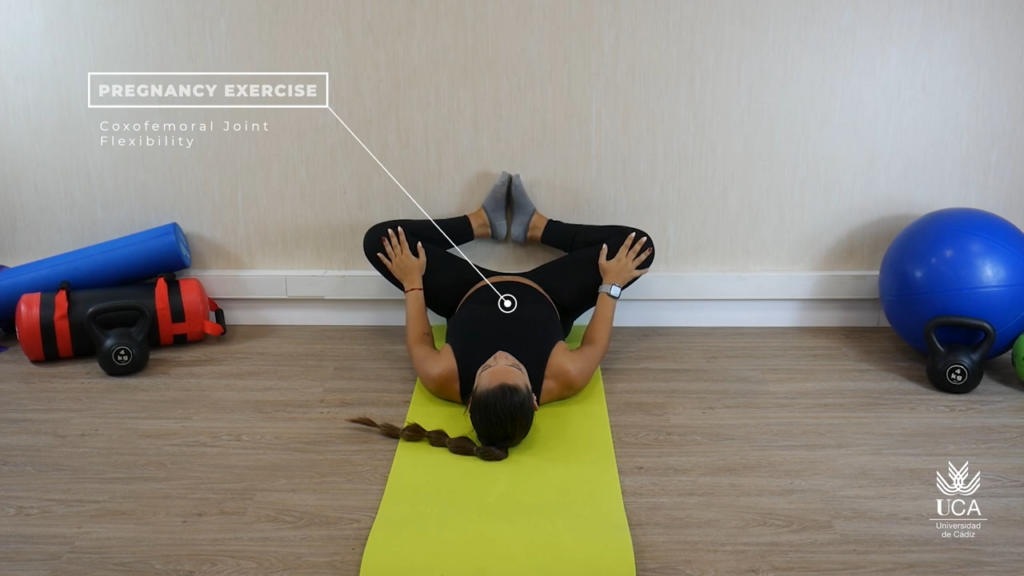Introduction
Engaging in regular exercise during pregnancy has numerous benefits for both the mother and the developing fetus. However, it is important for pregnant women to approach exercise with caution and follow recommended guidelines to ensure safety and optimize health outcomes. This article outlines evidence-based recommendations for pregnant women who want to begin an exercise program.
Consult with Healthcare Provider
Before initiating an exercise program, it is crucial for pregnant women to consult with their healthcare provider. This allows for an individual assessment of the woman’s health status, any potential risks or contraindications, and personalized exercise recommendations. The American College of Obstetricians and Gynecologists (ACOG) recommends obtaining medical clearance before starting or continuing exercise during pregnancy.
Start Slowly and Gradually Increase Intensity
For women who were previously inactive, it is recommended to start with low-impact activities, such as walking or swimming, and gradually increase the intensity over time. The American College of Sports Medicine (ACSM) suggests a gradual progression of exercise intensity, duration, and frequency based on the woman’s comfort and tolerance.
Choose Safe and Suitable Exercises
Pregnant women should opt for exercises that are safe and suitable for their changing bodies. Low-impact activities, such as prenatal yoga, stationary cycling, or water aerobics, are generally well-tolerated and have low risk of injury. The ACOG encourages pregnant women to choose activities that minimize the risk of falls or excessive joint stress.
Focus on Aerobic Exercise
Aerobic exercise is beneficial during pregnancy, as it improves cardiovascular fitness, enhances mood, and helps maintain a healthy weight gain. The Canadian Society for Exercise Physiology (CSEP) recommends aiming for at least 150 minutes of moderate-intensity aerobic exercise per week, spread over several days.
Incorporate Strength Training
Including strength training exercises in the exercise program can help improve muscular strength and endurance, enhance posture, and prevent common musculoskeletal discomfort during pregnancy. The ACOG suggests incorporating resistance training exercises that target major muscle groups, using light to moderate weights or resistance bands.
Pay Attention to Body Temperature
Pregnant women should be cautious about overheating during exercise. It is essential to wear appropriate clothing, stay hydrated, and exercise in a well-ventilated environment. The ACOG recommends avoiding hot and humid conditions and modifying exercise intensity as needed to prevent excessive heat stress.
Listen to Your Body
Pregnant women should pay close attention to their body’s signals and adjust their exercise routine accordingly. It is important to respect individual limitations, avoid exercises that cause discomfort or pain, and modify activities as the pregnancy progresses. The ACOG emphasizes the significance of stopping exercise and consulting a healthcare provider if any warning signs or complications arise.
Conclusion
Starting an exercise program during pregnancy can have numerous benefits for both the mother and the developing fetus. By following the recommended guidelines, including consulting with a healthcare provider, gradually increasing exercise intensity, choosing safe and suitable exercises, focusing on aerobic exercise and strength training, monitoring body temperature, and listening to the body’s signals, pregnant women can safely and effectively incorporate exercise into their pregnancy journey.
Agata Mroczek
References:
- American College of Obstetricians and Gynecologists. Physical Activity and Exercise During Pregnancy and the Postpartum Period. Committee Opinion No. 650. Obstet Gynecol. 2015;126(6):e135-142. doi:10.1097/AOG.0000000000001214
- American College of Sports Medicine. Exercise During Pregnancy and the Postpartum Period. Med Sci Sports Exerc. 2019;51(6):1333-1359. doi:10.1249/MSS.0000000000001933
- Canadian Society for Exercise Physiology. Canadian Guideline for Physical Activity throughout Pregnancy. 2019. https://csepguidelines.ca/guidelines-for-pregnancy/. Accessed June 30, 2023. doi:10.1136/bjsports-2018-100056.
- Mottola MF, Davenport MH, Ruchat SM, et al. 2019 Canadian guideline for physical activity throughout pregnancy. Br J Sports Med. 2018;52(21):1339-1346. doi:10.1136/bjsports-2018-100056




